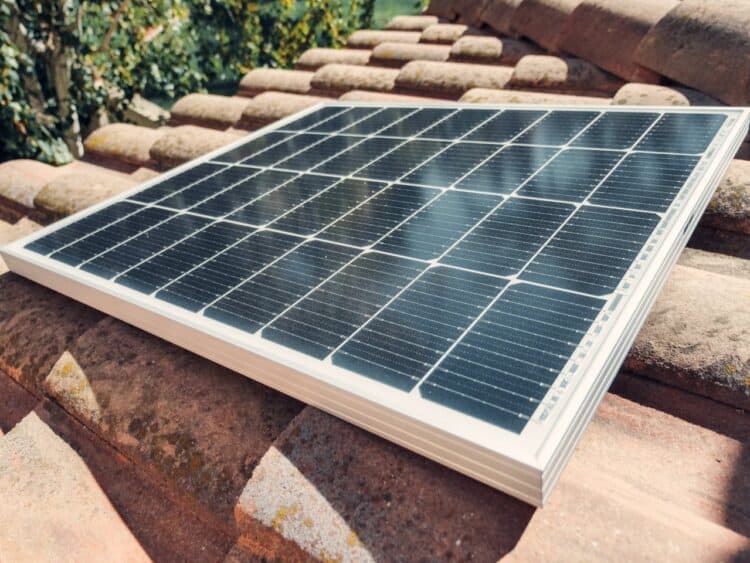According to a recent report by Berg Insight, the number of Home Energy Management Systems (HEMS) in Europe and North America reached 4.5 million by the end of 2024. This significant growth reflects a rising trend towards more sustainable energy practices in residential settings.
Overview of HEMS
A HEMS typically includes a solar photovoltaic (PV) system, a battery storage system, and a web-based management portal or smartphone app for remote monitoring and control. More advanced systems can integrate backup generators, electric vehicle (EV) chargers, heat pumps, and other connected devices within the home.
By the end of 2024, Europe saw an estimated 3.8 million HEMS installations, with 1.2 million new systems added that year, including both new installations and retrofits.
Despite the impressive growth, the penetration rate in Europe remains relatively low at around 3.2%. Germany is the leading market, accounting for nearly half of the installed base in the region. The installed base is projected to reach 10.6 million by 2029, translating to a penetration rate of 8.5%.
Industry dynamics
The HEMS value chain includes a variety of companies across several sectors. Key players in the U.S. market include Tesla, Enphase Energy, and Generac, while Germany boasts companies like E3/DC and Sonnen. Notably, several influential firms are based outside these regions, including Huawei and LG Energy Solution.
Regulatory influence
The surge in HEMS adoption can be linked to new regulations in Germany and California that favour battery storage systems. For instance, California's NEM 3.0 policy makes solar PV systems without home batteries less financially viable, while Germany's Energy Industry Act encourages battery installations.
As the market evolves, government policies, subsidies, and tax incentives will continue to shape the landscape. The growing adoption of electric vehicles and reliance on renewable energy sources further underscore the importance of HEMS in future homes. Martin Apelgren, pincipal analyst at Berg Insight, emphasises, “There is no doubt that HEMS will be an important part of homes in the coming years.”



